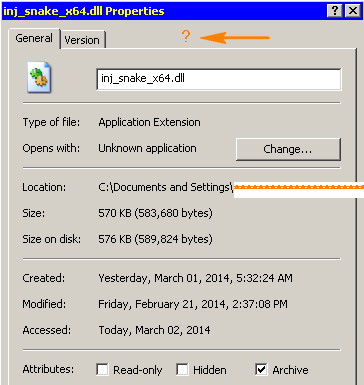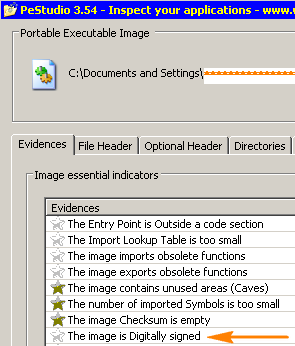Flying under the radar:
The following link shows some interesting informations of a malware not yet classified:
http://threatexpert.com/reports.aspx?fi ... r&x=12&y=7
First uploaded in 2010, but some of the C&C servers are still online, so maybe it is still actively used.
Moreover it contains a kernel mode component and the origin is stated as Russian Federation, which may indicate a real challenge.
MD5 hashes
0482d1652c2a0e6c16ca3e2a53be0783
9dc0f7e7aec2bda05d70fdfa2fc50bd0
fa4bda12c94824ab451da83bae240c5d
938b92958ded4d50a357d22eddf141ad
4f6f873d25b32698ffb3488769109269
The following link shows some interesting informations of a malware not yet classified:
http://threatexpert.com/reports.aspx?fi ... r&x=12&y=7
First uploaded in 2010, but some of the C&C servers are still online, so maybe it is still actively used.
Moreover it contains a kernel mode component and the origin is stated as Russian Federation, which may indicate a real challenge.
MD5 hashes
0482d1652c2a0e6c16ca3e2a53be0783
9dc0f7e7aec2bda05d70fdfa2fc50bd0
fa4bda12c94824ab451da83bae240c5d
938b92958ded4d50a357d22eddf141ad
4f6f873d25b32698ffb3488769109269
Malware Reversing
http://www.malware-reversing.com
http://www.malware-reversing.com

